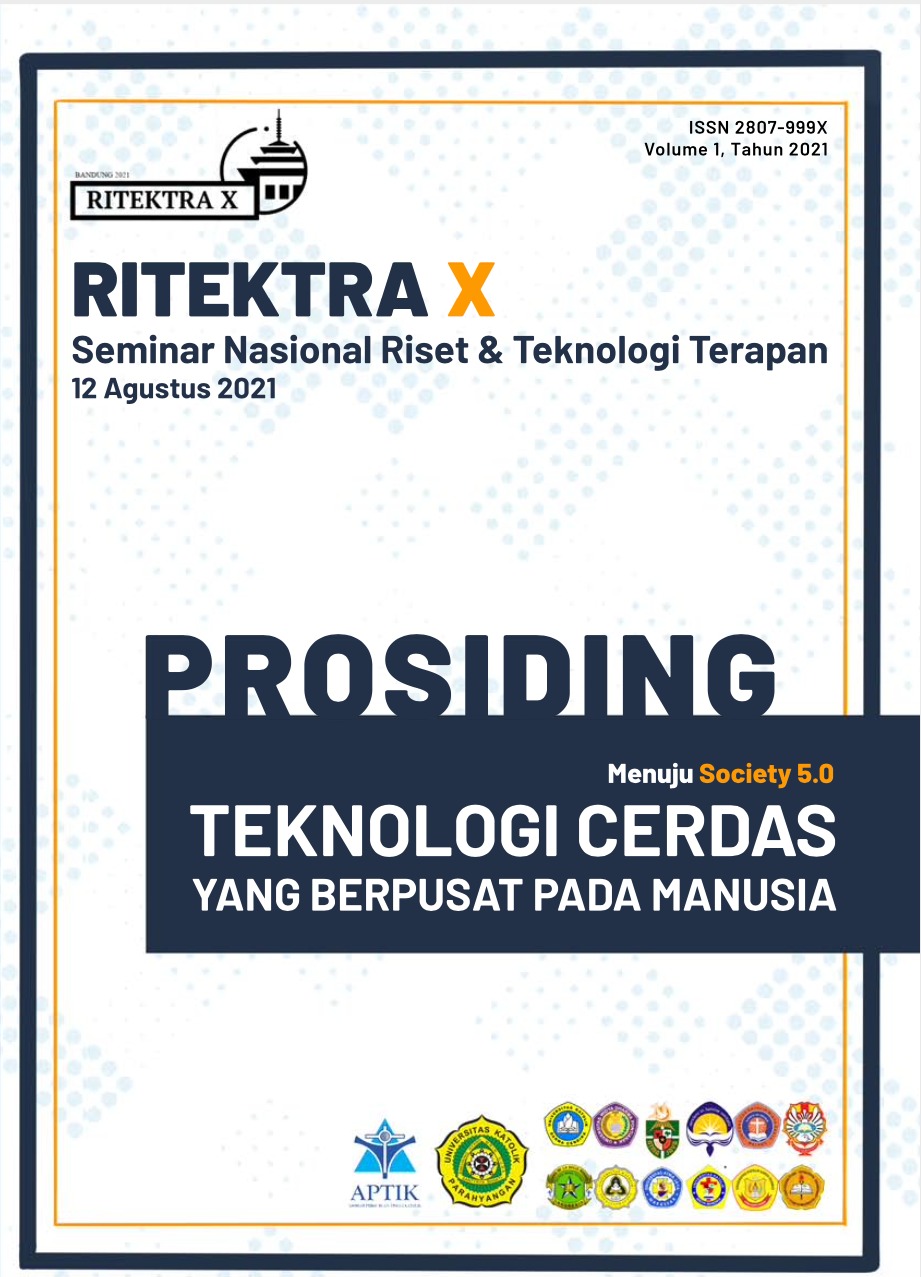PENGARUH BANYAKNYA POPULASI MANUSIA RENTAN DALAM PENYEBARAN PENYAKIT MENULAR PADA PERHITUNGAN PREMI ASURANSI KESEHATAN
Kata Kunci:
rentan, aktuaria, benefit, premi, asuransi, penyakit menularAbstrak
Polis asuransi akan bermanfaat jika dapat memberikan benefit yang sesuai dengan kebutuhan tertanggung. Dalam penentuan besaran benefit ini, terdapat beberapa faktor yang perlu diperhatikan apalagi jika benefit tersebut menutupi risiko karena pengaruh suatu penyakit, khususnya pada penyakit menular. Pada makalah ini, akan ditelaah pengaruh banyaknya populasi manusia rentan (susceptible) dengan menggunakan model Susceptible, Infected, Deceased, Recovered and Susceptible (SIDRS) dan menerapkan metode prinsip ekuivalensi fundamental pada perhitungan aktuaria dalam menentukan besaran premi. Diharapkan dengan memperhitungkan populasi manusia rentan ini, premi pada suatu polis asuransi dapat ditentukan dengan lebih akurat sehingga tidak merugikan perusahaan ketika memberikan benefit kepada pihak yang ditanggung. Dari hasil simulasi studi kasus, diperoleh kesimpulan bahwa perubahan populasi manusia rentan berbanding terbalik dengan perubahan besarnya premi, namun perubahan populasi manusia terinfeksi berbanding lurus dengan perubahan besarnya premi.
Referensi
Bowers, N. L., Gerber, H. U., Hickman, J. C., Jones, D. A., Nesbitt, C. J.. 1997. Actuarial Mathematics. Society of Actuaries.
Chen, S. C., & Hsieh, M. H. 2012. Modeling the transmission dynamics of dengue fever: implications of temperature effects. Dalam Barcelo, D., Gan, J., Hopke, P., Science of the total environment (vol 431, hlm. 385-391).
Feng, R. and Garrido, J. 2011. Actuarial application of epidemiological models. North American Actuarial Journal, XIV(1): 112-136
Hemmins, R. A., Harkensee, J., & Rowell, M. 2012. System and Method for Providing Immediate, Short-Term Life Insurance Coverage and Facilitating Offers of Longer-Term Insurance. United States Patent Application Publication, 1 - 13.
Ma, Z., & Li, J. 2009. Dynamical Modeling and Analysis of Epidemics. World Scientific Publishing Co. Pte. Ltd.
Nishiura, H. 2006. Mathematical and Statistical Analyses of the Spread of Dengue. Dengue Bulletin, XXX, 51-67.
Nkeki, C., & Ekhaguere, G. 2020. Some Actuarial Mathematical Models for Insuring the Susceptible of a Communicable Disease. International Journal of Financial Engineering, 1 - 45.
Rahman, S. A. 2016. Study of Infectious Diseases by Mathematical Models: Predictions and Controls (Doctoral dissertation, The University of Western Ontario), (Online), (http://ir.lib.uwo.ca/etd/3487/)
Samaranayake, D. I. J & Samaranayake, D. L. M 2018. Insurance Contract for Epidemiological Diseases Spread. Sri Lanka Journal of Economic Research, 5(2): 103-124.
Suaya, J.A., Shepard, D.S., Siqueira, J.B., Martelli, C.T., Lum, L.C.S., Tan, L.H., Kongsin, S., Jiamton, S., Garrido, F., Montaya, R., Armien, B., Huy, R., Castillo, L., Sah, B.K., Sughayyar, R., Tyo, K.R., Halsted,S.B. (2009). Cost of Dengue Cases in Eight Countries in the Americas and Asia: A Prospective Study. American Journal of Tropical Medicine and Hygiene, 80(05), 846-855.
Widiyani, R. 2013. Empat Sekawan Penyebab DBD, (Online), (https://health.kompas.com/read/2013/04/03/18534298/empat.sekawan.penyebab.dbd).
##submission.downloads##
Diterbitkan
Terbitan
Bagian
Lisensi
Hak Cipta (c) 2021 Farah Kristiani, Patrick Louis Lucin, Benny Yong

Artikel ini berlisensi Creative Commons Attribution 4.0 International License.

